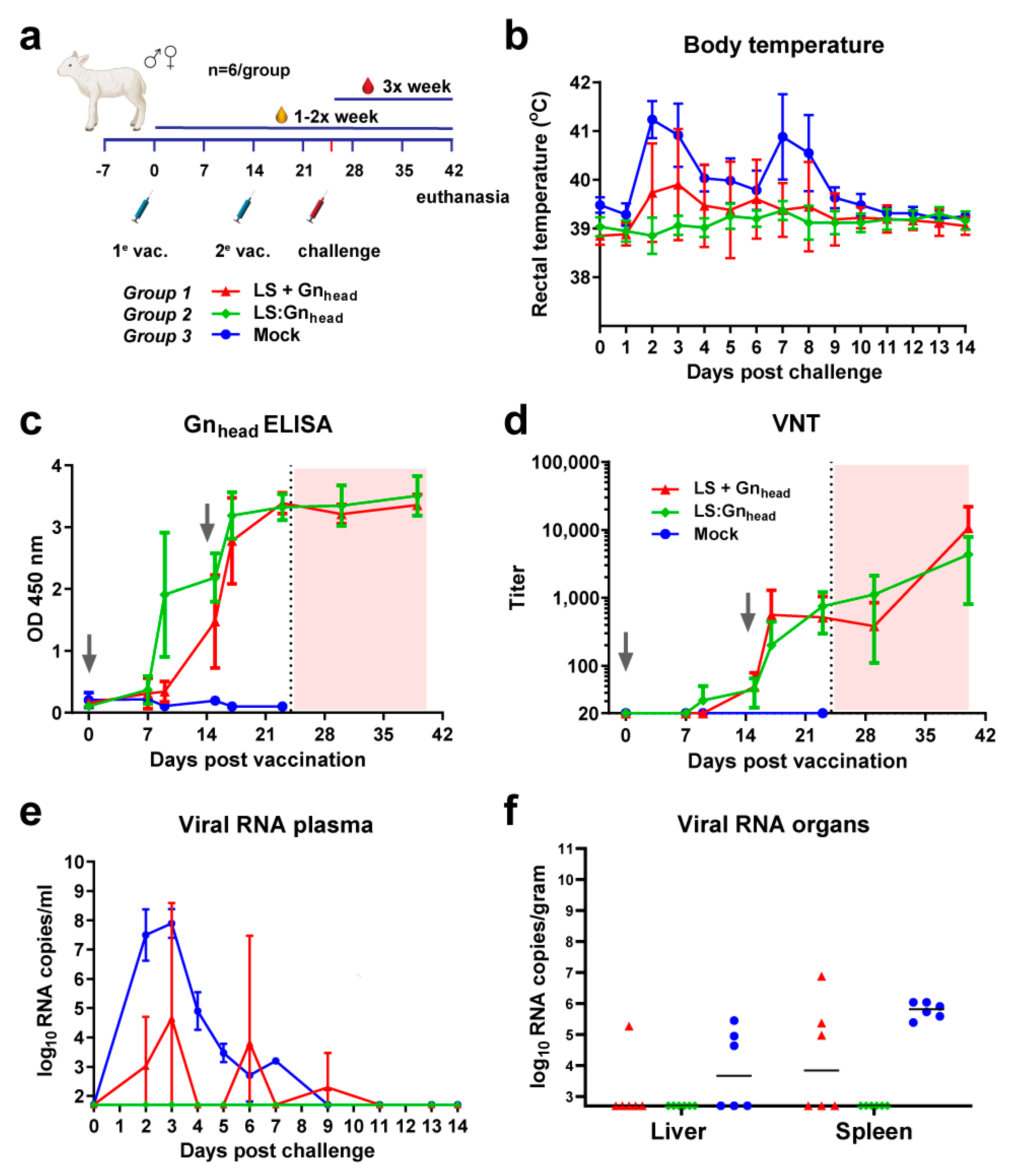
Several scaffolds were identified as being suitable for genetic fusion with the β-barrel from fHbp, including ferritin, a de novo designed aldolase from Thermotoga maritima, encapsulin, CP3 phage coat protein, and the Hepatitis B core antigen. The chimeric nanoparticles were produced as recombinant proteins in Escherichia coli and evaluated for solubility, stability, self-assembly, and antigen accessibility using a variety of biophysical methods. Combining computational and structure-based rational design we were able generate antigen-fused scaffolds that closely aligned with three-dimensional structure predictions. Six nanoparticle scaffolds were tested, including virus-like particles with different sizes, geometries, and physicochemical properties. In this work we demonstrated the successful repetitive antigen display of the C-terminal β-barrel domain of factor H binding protein, derived from serogroup B Meningococcus on the surface of different self-assembling nanoparticles using genetic fusion.

The use of self-assembling protein nanoparticles, as a platform for vaccine antigen presentation, is emerging as a promising approach to enhance the production of protective and functional antibodies. However, the immune response of subunit vaccines is generally lower compared to that elicited by traditional vaccines and usually requires the use of adjuvants.

Recombinant protein-based vaccines are a valid and safer alternative to traditional vaccines based on live-attenuated or killed pathogens.


 0 kommentar(er)
0 kommentar(er)
